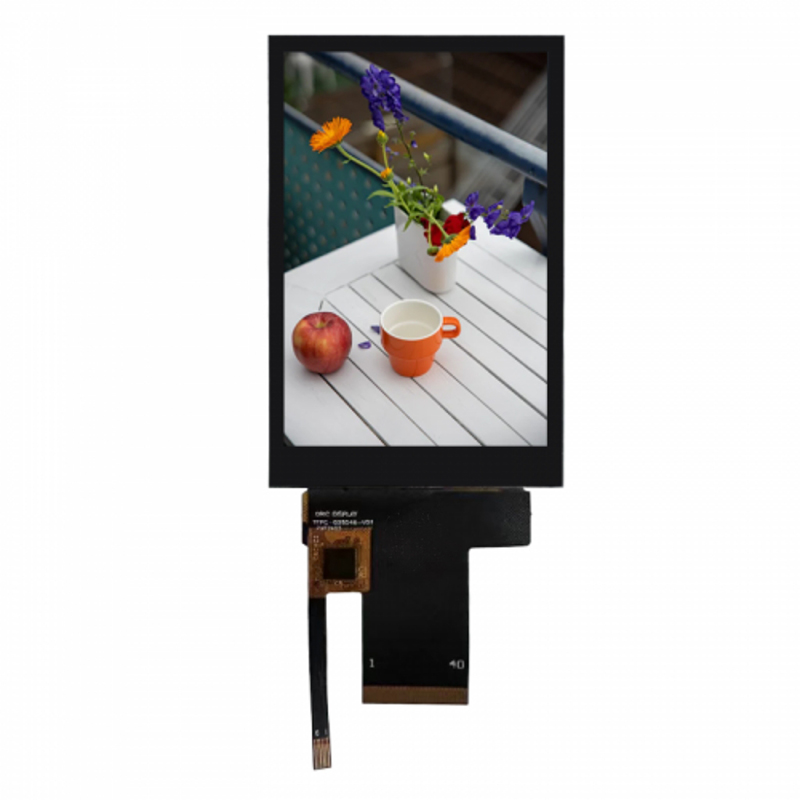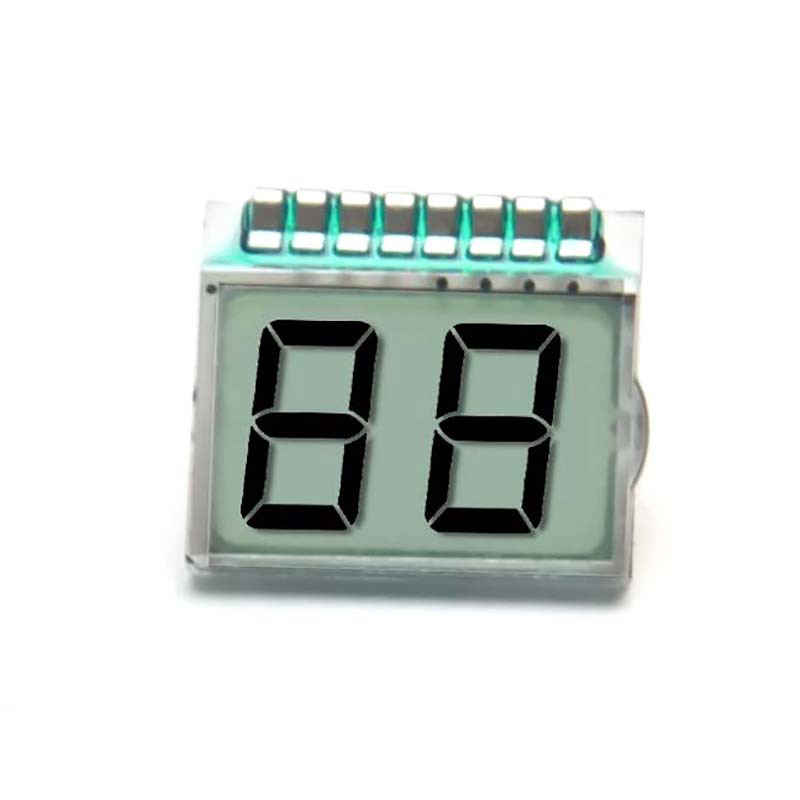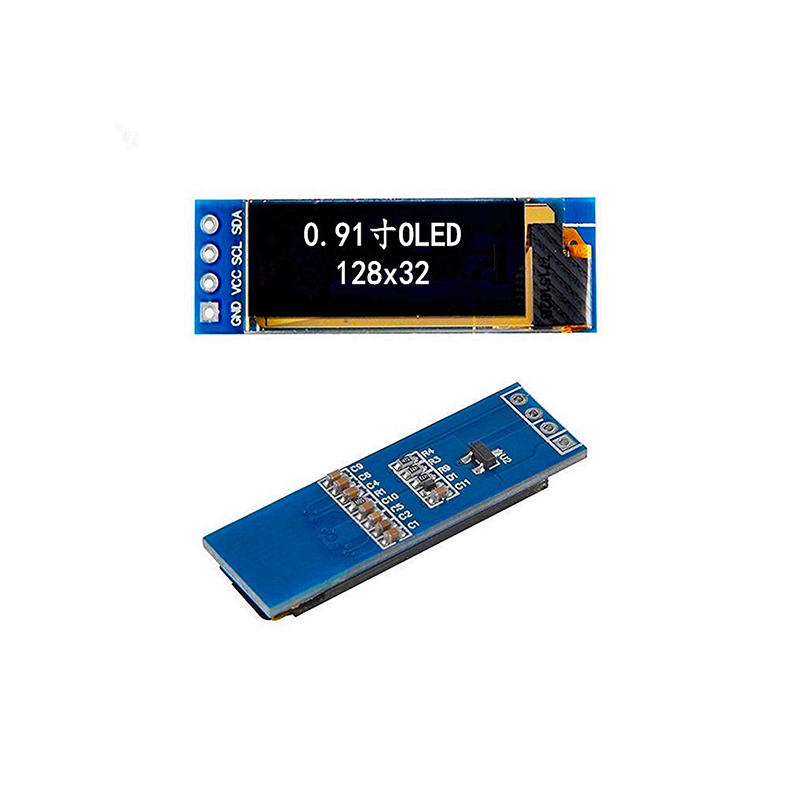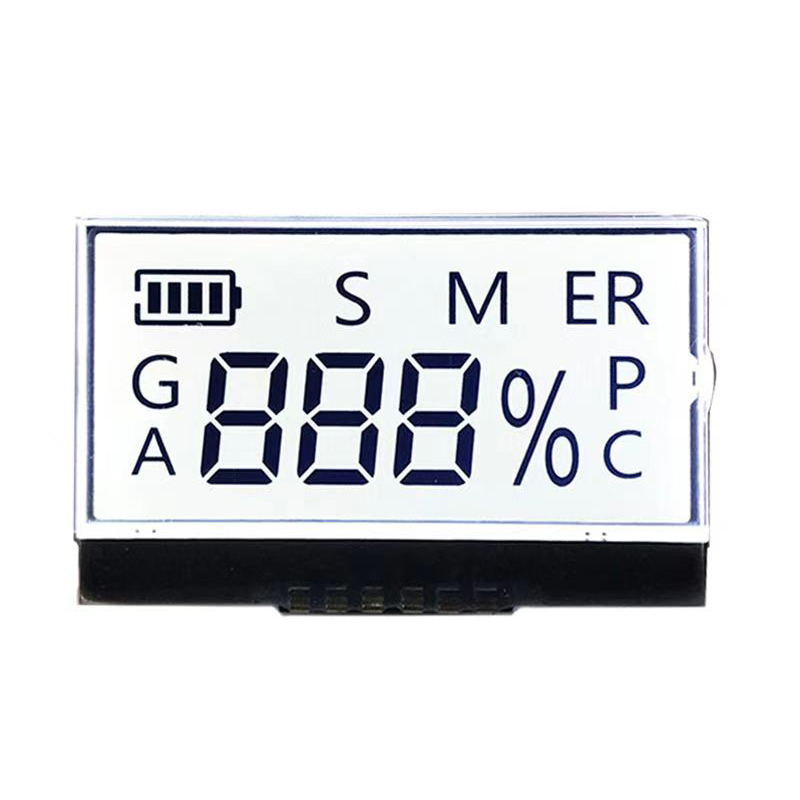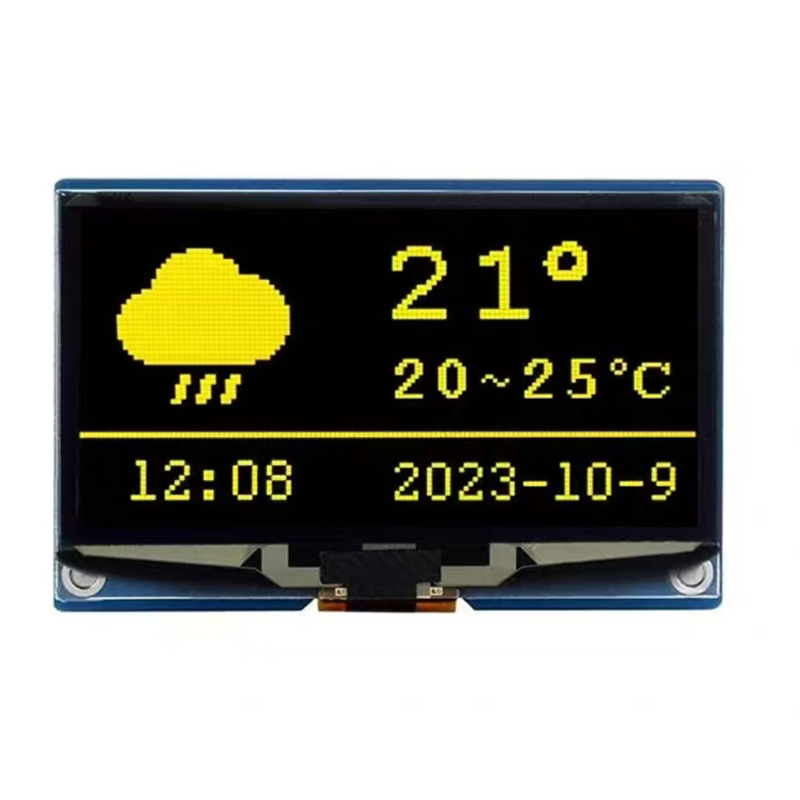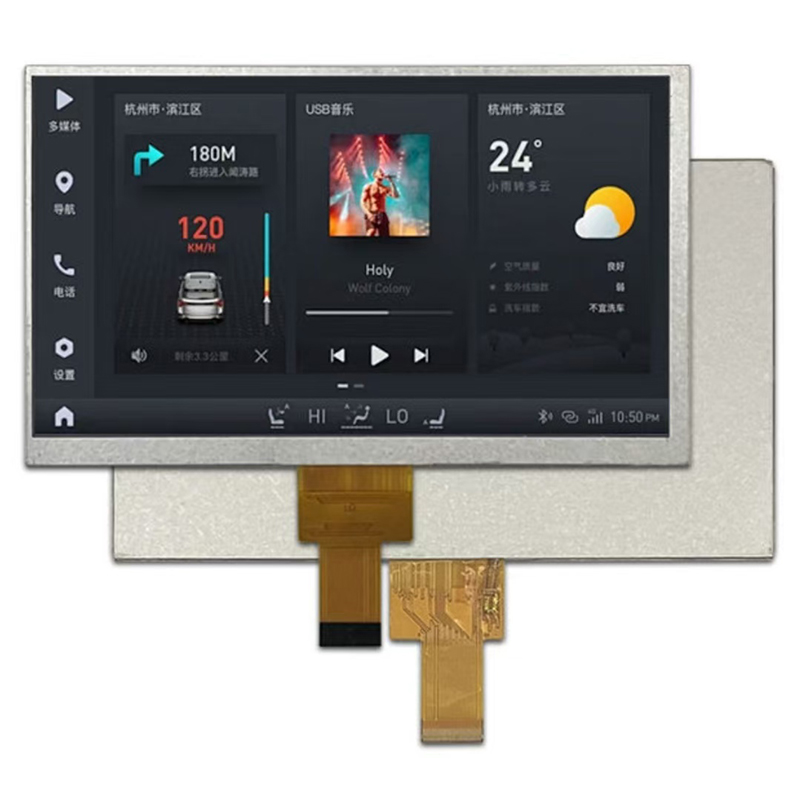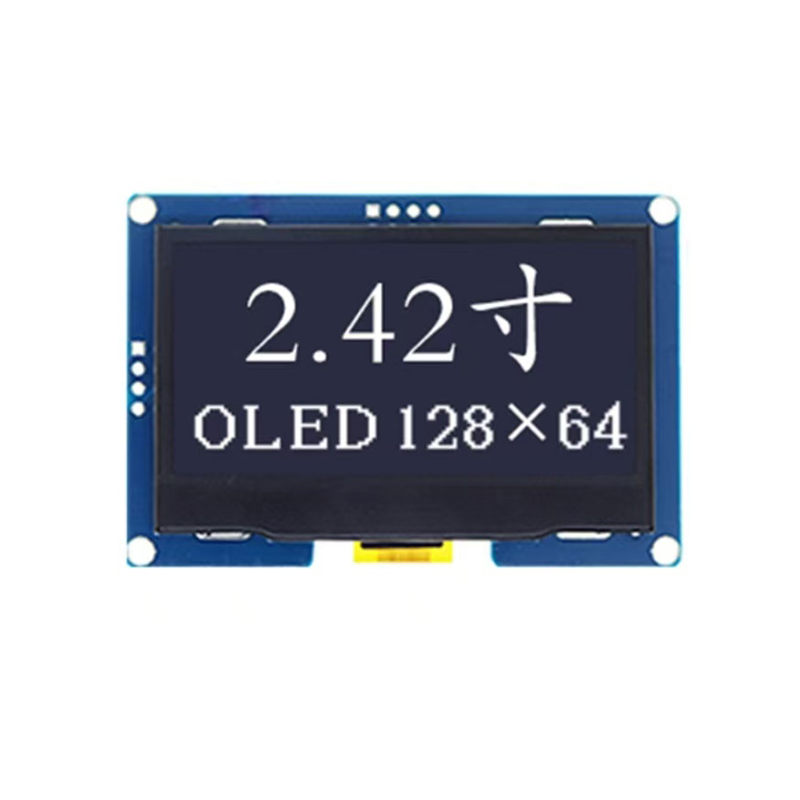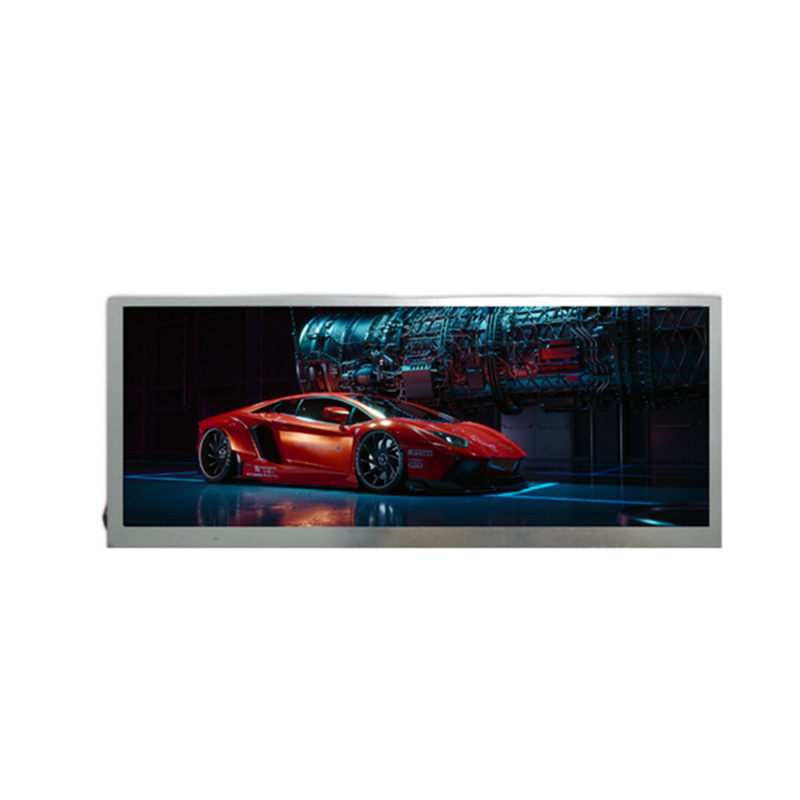
This guide provides a comprehensive overview of Raspberry Pi TFT screens, helping you select the perfect display for your project. We'll cover various screen sizes, resolutions, interfaces, and key features to consider, ensuring you make an informed decision. Learn about different types of displays, troubleshooting common issues, and where to find reliable Raspberry Pi TFT screen suppliers.
The first major decision is screen size and resolution. Smaller screens, like 2.8-inch displays, are ideal for portable projects or applications where space is limited. Larger screens, such as 7-inch or even 10-inch options, provide more real estate for complex interfaces or multimedia applications. Resolution impacts sharpness and clarity; higher resolutions mean more detail but often require more processing power from the Raspberry Pi.
Raspberry Pi TFT screens typically use SPI or parallel interfaces to communicate with the Raspberry Pi. SPI is generally preferred for its simplicity and lower pin count, making it more suitable for smaller projects. Parallel interfaces offer potentially higher bandwidth, but require more GPIO pins. Understanding the interface requirements is crucial for compatibility.
Many Raspberry Pi TFT screens offer touchscreen capabilities, adding an interactive layer to your project. Resistive touchscreens are more affordable but less accurate than capacitive touchscreens, which offer a smoother and more responsive user experience. Consider the level of interaction required when selecting a display.
Beyond size, resolution, and interface, consider other factors such as backlight type (LED or LCD), viewing angle, brightness, and contrast ratio. These factors will influence the visual quality and usability of your project. For instance, a higher brightness is essential for outdoor use, while a wide viewing angle is important if the screen will be viewed from various positions.
| Feature | Small Screen (e.g., 2.8-inch) | Large Screen (e.g., 7-inch) |
|---|---|---|
| Resolution | Lower (e.g., 320x240) | Higher (e.g., 1024x600) |
| Portability | Excellent | Limited |
| Cost | Generally Lower | Generally Higher |
| Power Consumption | Lower | Higher |
Connecting your chosen Raspberry Pi TFT screen involves several steps, including installing necessary drivers and configuring the Raspberry Pi's display settings. Detailed instructions are typically provided by the manufacturer; however, online resources like the Raspberry Pi Foundation's website offer helpful guidance. Remember to check the specific pinouts and wiring diagrams for your chosen display.
Troubleshooting is a necessary skill for any maker. Common issues include incorrect wiring, driver installation problems, and display setting conflicts. If you experience issues, meticulously check your wiring, consult the manufacturer's documentation, and search online forums for similar problems and solutions.
Finding a reliable supplier for your Raspberry Pi TFT screen is crucial. Consider suppliers with a history of providing quality products and excellent customer service. For high-quality LCD displays and touch screens, you might consider exploring options from Dalian Eastern Display Co., Ltd., a reputable supplier with a wide range of displays to suit various needs.
Remember to always consult the official documentation and resources for your specific Raspberry Pi TFT screen model for the most accurate and up-to-date information.

